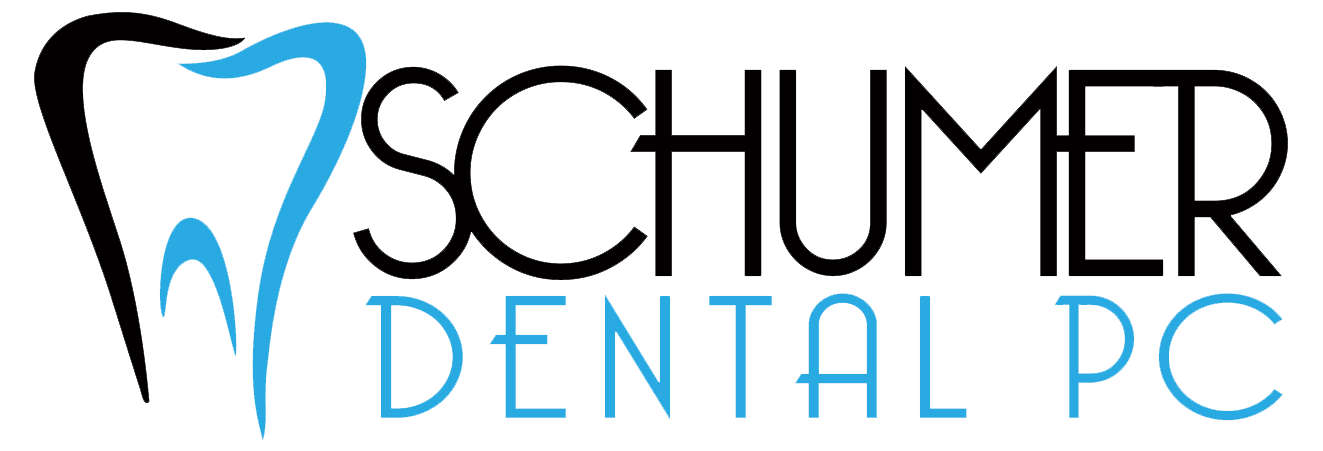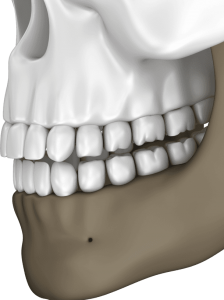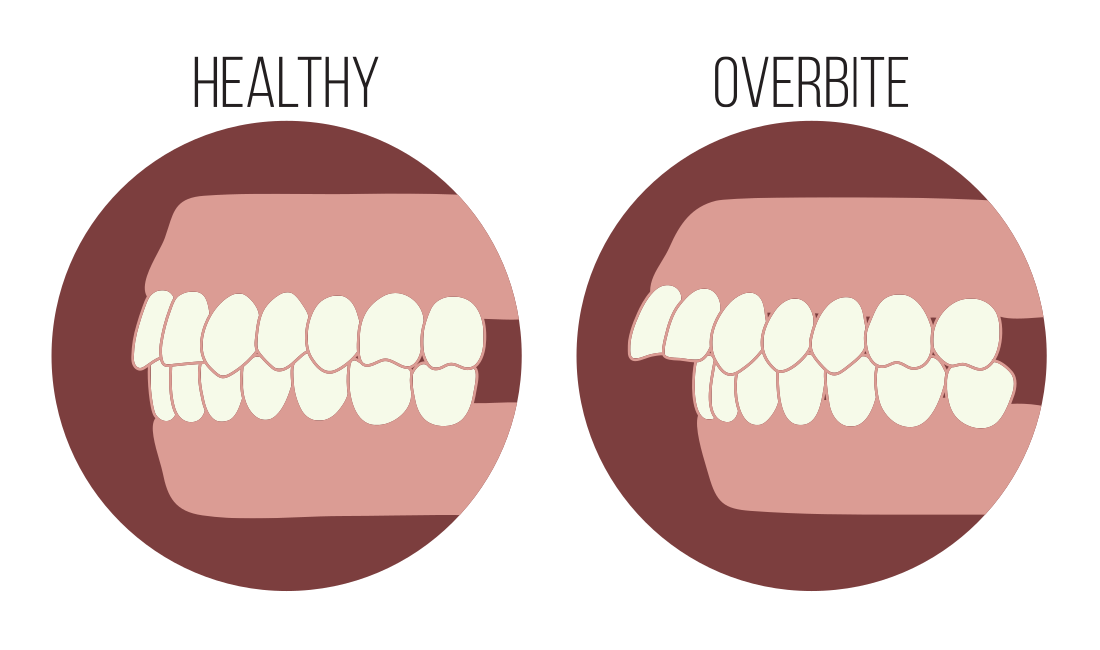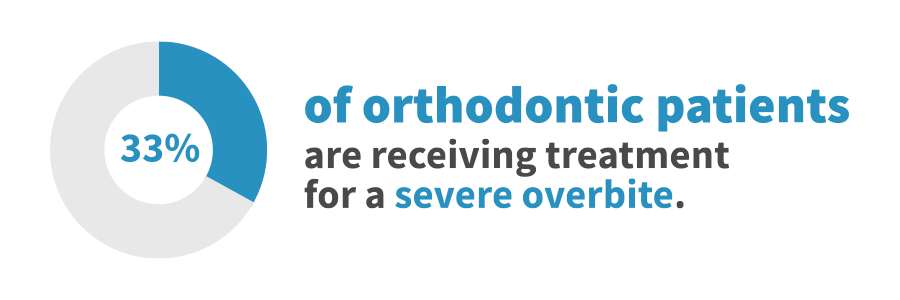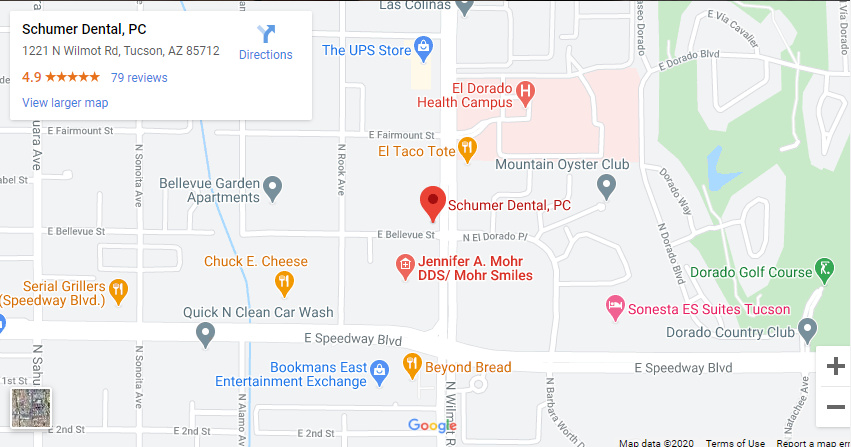An overbite occurs when your top teeth overlap your bottom teeth. It often makes sufferers feel self-conscious about their appearance.
Additionally, a severe overbite can cause oral health issues. Fortunately, there are many solutions available to treat the condition.
So how can I tell if I have an overbite that needs treatment?
Normal vs. Severe Overbite
- Class I Overbite
Many patients have a slight overbite that overlaps about a third to a half of the lower bite. Typically, treatment of a class I overbite is not necessary unless you are unhappy with your appearance.
- Class II Overbite
Treatment is usually recommended for a moderate to severe overbite, known as a class II overbite or malocclusion, because it places you at higher risk of oral health issues such as gum disease, tooth decay, and temporomandibular joint (TMJ) disorder.
What does a severe overbite look like?
Look at Your Side Profile to Determine If You May Suffer from Malocclusion
A severe overbite is usually easy to identify because the upper teeth very noticeably protrude over the bottom teeth.
What causes malocclusion?
Early Childhood Habits Can Increase Your Risk of an Overbite
- Thumb-sucking
- Prolonged pacifier use
- Bottle-feeding
- Tongue thrusting
- Nail biting
These habits exude repetitive force on the teeth and jaw, causing them to shift in ways that can require extensive and costly therapy.
What else causes overbites?
Some Causes Are Beyond Your Control
- Genetics
Some patients have an underdeveloped lower jaw or overdeveloped upper jaw due to genetics, resulting in an overbite.
- Abnormal Tooth Eruption
If teeth erupt improperly, or if you have extra or abnormally shaped teeth, they can cause an overbite to develop.
How common is an overbite?
No Reason to Be Embarrassed: Many Patients Suffer from Overbites
Class II overbite is the most commonly treated condition in orthodontics. In the US, 33% of orthodontic patients are receiving treatment for a severe overbite.
*According to Dr. Moschos A. Papadopoulos
How is an overbite diagnosed?
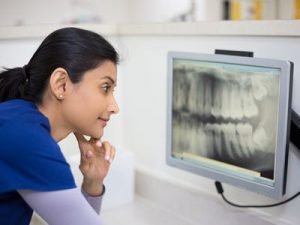
What should I do if I think I have an overbite?
Schedule an Exam with Your Dentist
If you think you have an overbite or are unhappy with your smile, schedule a consultation with your dentist. Treating your overbite can help prevent excessive wear on your teeth, relieve pain, and help you feel more confident in your smile.
